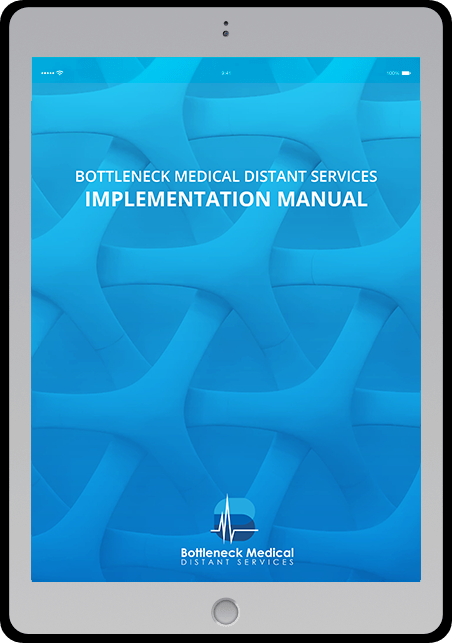Discover how it works by scheduling a free consultation with our account specialist.
Tips Before Hiring Your Medical Distant Assistant

Depending on your recruitment process, a new staff member can cost up to $20,000. Expenses cover not only their wages but also the physical and human resources required to bring on an additional team member. Unlike in-house staff, it is much more affordable when hiring medical distant assistants (MDA).
They will not take up physical space in your organization. But make no mistake – recruiting an MDA entails covering the same bases as recruiting a traditional medical assistant. You have to put the effort in to make room for a remote worker so they fit right in with your team.
Here are some of the things you need to do in order to effectively hire a medical virtual assistant:
1) Update your systems and processes
Your practice is going to accommodate an employee that will not be physically present with you in your office. You will therefore have to restructure your systems and processes to overcome potential barriers.
Some things to consider when making these updates include:
- Protocols. Who will supervise your medical distant assistant? Who will directly report to you, as the head of the organization, about their performance? Inspect how your communication lines will look like with a distant staff in the picture.
- Technology. What hardware do you need? What teleconference software will you use to communicate? Do your electronic medical record templates need any updating?
- Workflows. What is the step-by-step process through which your MDA can accomplish their tasks? Make sure to draw up these workflows specific to your medical distant assistant’s job role before making the hire.
2) Set up a training program
Remember that your medical distant assistant needs as much support and guidance as any other employee. While they may be qualified and certified to perform the generalities of their job roles, they will look to you to learn what is expected of them as part of your unique team.
There is simply no undermining a comprehensive training program that is tailored to your practice. Three important elements of a training program that you need to nail down are the following:
- Timelines. When will you orient your MDA? For how long will they be in a probationary period before their first assessment? When will you conduct follow-up assessments?
- Exercises. Your medical distant assistant can learn more by doing. Exercises prior to their first day also serve to evaluate their preparedness to be in your practice. If you are lucky, their performance might also hint at some aspects of your practice that needs further ironing out to help new hires acclimate easier.
- Assessments. Regular assessments of your MDA’s performance is necessary to ensure that they are capable of accomplishing their assigned tasks. These assessments should be in line with measurable expectations.
3) Get your staff involved
Teamwork makes the dream work. Sometimes, your staff knows the systemic hitches in your organization better than you do. Involving them in making changes to your practice is vital to progress.
To make sure they get proactive in accommodating a new team member, you might want to drill down on their jobs and responsibilities.
Draw or redefine the lines between each of your staff’s respective scope of accountability so no one steps on someone else’s foot. Make the necessary updates to the job roles of whoever will be affected by the new post your medical distant assistant will fill.
More importantly, make sure your entire team understands and wholly supports your vision. Better yet, involve them in reshaping existing goals and/or creating new ones as you head to a new era of your practice.
4) Know what to expect
Your medical distant assistant will not magically transform your practice into a revenue mill. They will not bring about increased patient appointments overnight simply by taking some load off your internal staff’s plates.
Give your medical distant assistant room to adjust and adapt to the way you run your practice. This means that you may have to slow down your operations for a while so you can focus on improving the quality of not only your MDA’s work but also that of your existing team. Remember that you seek sustainable, holistic improvement of your practice and not mere, fleeting success.
Bottleneck Medical Distant Services has a 7-step hiring formula that not only helps alleviate the pains of running a practice. We offer a systemized approach to building your own practice around existing technologies so you can finally improve the way you practice.
Learn how you can hire your own medical distant assistant and distant medical scribe by scheduling a free consultation with us today! Sign up to our newsletter to get your free copy of the BMVS implementation manual-a quality, in-depth resource into what it takes to successfully get your distant staff onboard.
Stay Updated
Subscribe To Our Newsletter For Updates And A Free Copy Of The Bottleneck Medical Virtual Services Implementation Manual.

